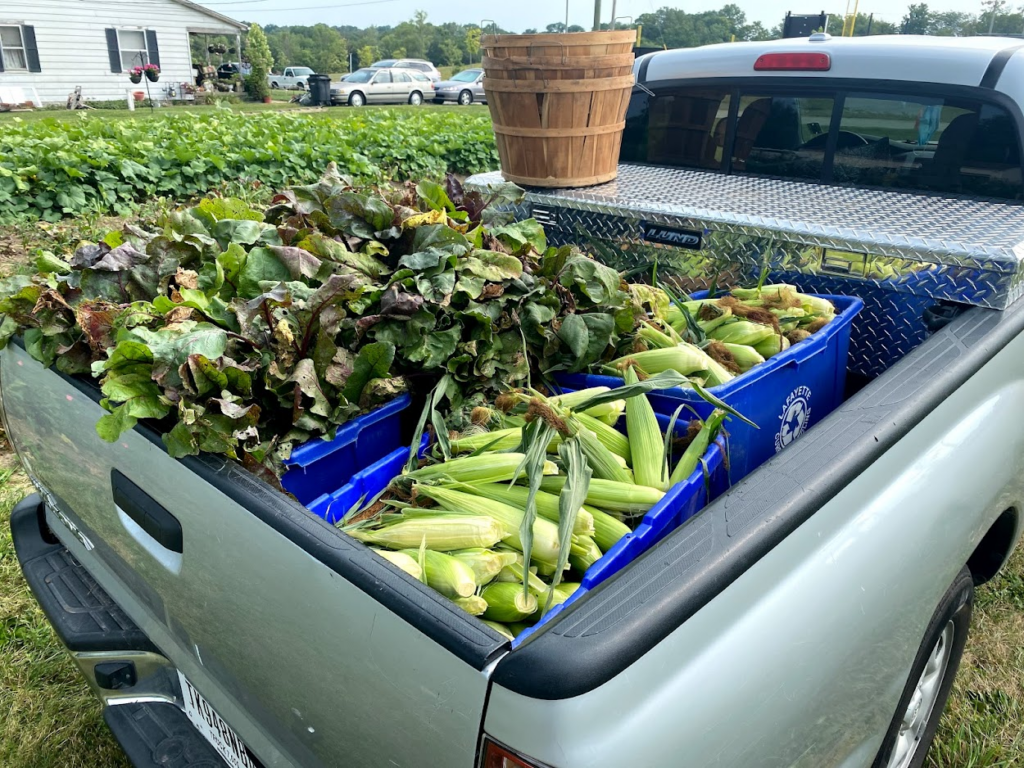Introduction
Food insecurity is an ongoing issue that affects millions of people across the globe. It refers to the lack of consistent access to enough nutritious food to maintain a healthy and active life. Food banks have traditionally played a significant role in addressing this problem, but in recent years, there has been a growing recognition of the importance of food bank gardens in providing fresh and healthy food to those in need. In this post, we’ll explore the history of public food gardens, their role in alleviating food insecurity, and how food banks can adapt and evolve to better serve their communities.
A Brief History of Public Food Gardens
The concept of public food gardens is not new; it dates back to the early 1900s when cities around the world started to establish “victory gardens” during times of crisis, such as World War I and II. These gardens were created as a way to supplement the food supply and boost morale during difficult times. In the United States, for example, victory gardens helped produce up to 40% of the country’s fresh vegetables during World War II.

In more recent history, community gardens have continued to play a vital role in providing fresh produce to those in need, particularly in urban areas where access to affordable, healthy food is often limited. The 2008 recession saw a resurgence of community gardens, as people sought ways to reduce their grocery bills and foster a sense of community amidst the economic turmoil.
The Traditional Role of Food Banks
Food banks have been essential in addressing food insecurity since their inception in the 1960s. They typically operate by collecting, storing, and distributing non-perishable food items to those in need, often through partnerships with local charities and social service organizations. However, the types of food offered by food banks have predominantly been canned and packaged goods, which, while providing some nutrition, may not offer the same level of freshness and overall health benefits as fresh produce.
The Emergence of Food Bank Gardens
In recent years, there has been a growing recognition of the importance of providing fresh and healthy food to those experiencing food insecurity. As a result, food bank gardens have started to emerge as a solution to this issue. These gardens, often cultivated by volunteers and community members, provide fresh produce directly to food banks, allowing them to offer a more diverse and nutritious array of food options to their clients.
The benefits of food bank gardens are numerous. Not only do they provide access to fresh, healthy produce, but they also promote environmental sustainability by reducing food waste and transportation emissions. Additionally, they offer valuable educational opportunities, teaching participants about the importance of healthy eating and the skills needed to grow their own food.

The Future of Food Banks and Food Bank Gardens
As the need for fresh and healthy food continues to grow, it’s essential for food banks to adapt and evolve in order to better serve their communities. This can be achieved by incorporating more fresh produce into their offerings, either by partnering with local food bank gardens or establishing their own. In doing so, food banks can provide their clients with a more balanced and nutritious diet, ultimately helping to alleviate food insecurity in a more sustainable and holistic manner.
Moreover, there’s a growing recognition of the need for policies and programs that support food bank gardens and other community-based food initiatives. This includes advocating for greater access to land, water, and other resources needed to create and maintain these gardens, as well as providing education and training for community members interested in participating.
Conclusion
The role of food bank gardens in addressing food insecurity is becoming increasingly important as the demand for fresh, healthy food grows. By incorporating more fresh produce into their offerings, food banks can better serve their communities and help to alleviate food insecurity in a more sustainable and comprehensive way. It’s essential for communities, policymakers, and food bank organizations to recognize the potential of food bank gardens and work together to create a supportive environment that allows these initiatives to thrive. By doing so, we can take significant strides towards a future where everyone has access to the fresh, nutritious food they need to lead healthy, active lives. Let’s continue to nurture the growth of food bank gardens and work towards a more food-secure world for all.





